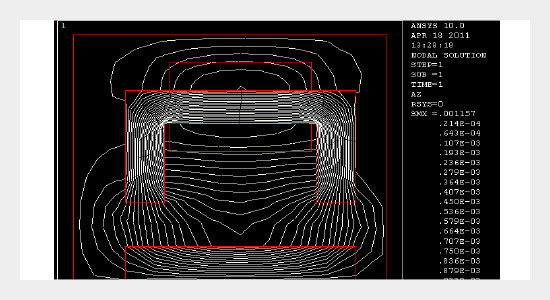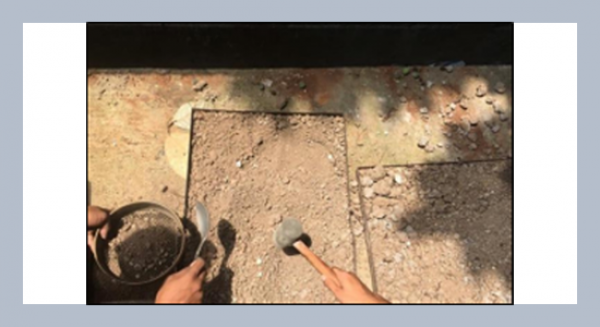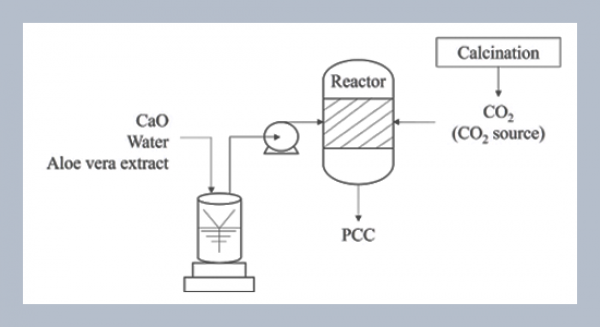Pabitra Kumar Biswasa* and Subrata Banerjeeb aDepartment of Electrical Engineering, Asansol Engg. College, Asansol, West Bengal, India
bDepartment of Electrical Engineering, National Institute of Technology, Durgapur, West Bengal, India
Download Citation:
|
Download PDF
In this paper an analysis and simulation of U- I structure (actuator and rail) used in electromagnetic levitation system (EMLS) has been performed utilizing ANSYS software. For the successful implementation of any EMLS the proper selection and design of actuator and guide-way is important. The design of actuator is primarily controlled by the input power to lift power ratio and lift power magnet weight ratio. These factors are dependent on the magnet dimensions, required gap flux and hence the required current density in the winding. The magnet configurations chosen on the basis of required pole-face area and necessary window area to house the excitation coils. Electromagnetic levitated and guided systems are commonly used in the field of transport vehicles, frictionless bearings and conveyor systems In this work a FEM based analysis has done to find out the flux pattern, flux density, field intensity, working force for U-type actuator and I-type rail based levitation system at different operating condition.ABSTRACT
Keywords:
Electromagnetic levitation; FEM analysis; eddy current effect; ANSYS software; flux pattern.
Share this article with your colleagues
[1] Sinha, P. K. 1987. “Electromagnetic Suspension, Dynamics and Control”. Peter Peregrinus Ltd., London .REFERENCES
[2] Jayawant, B. V. 1988. Review lecture on electromagnetic suspension and levitation technique. Proceedings of the Royal Society of London, A416: 245-320.
[3] Appun, P. and Ritter, G. 1975. Calculation and Optimization of the Magnets for an Electromagnetic Levitation Systems. IEEE Transactions on Magnetics, 11, 1: 39-44.
[4] Aldo, D. and Alfred, R. 1999. Design of an integrated electromagnetic levitation and guidance system for Swiss Metro. 3rd. International Symposium on Advanced Electromechanical Motion Systems, Patras, Greece.
[5] Banerjee, S., Sarkar, M. K., Biswas, P. K., Bhaduri, R., and Sarkar, P. 2011. A Review Note on Different Components of Simple Electromagnetic Levitation System. IETE Technical Review, 28, 3, 256-264.
[6] Banerjee, S., Biswas, P., and Bhaduri, R. 2010. A Comparative study between different structures of Rail and Actuator used in Electromagnetic levitation systems. Proc. in 5th IET Intentional Conference on Power Electronics, Machines and drives, PEMD, UK.
[7] Reference Guide ANSYS CFX-solver, Release 11.0.
[8] ANSYS Inc., Licensing Guide, Release 12.1 (002829), November 2009.
[9] Low -frequency Electromagnetic analysis Guide, ANSYS, Inc., Release 12.1, 2009.
[10] Sadiku. M. N. O. 2010. “ Elements of Electromagnetic”. OXFORD University press.
[11] Cook, R. 1989. “Concepts and Applications of Finite Element Analysis”. John Wiley & Sons.
[12] Hayt, W. H. and Buck, J. A. 2006. “Engineering Electromagnetics”. The McGraw-Hill Publishing Company Limited.
ARTICLE INFORMATION
Received:
2013-12-11
Revised:
2014-05-21
Accepted:
2014-06-05
Available Online:
2014-09-01
Biswas, P.K., Banerjee, S. 2014. Design and ANSYS software based simulation of U-I type actuator and rail used in electromagnetic levitation system. International Journal of Applied Science and Engineering, 12, 225–239. https://doi.org/10.6703/IJASE.2014.12(3).225
Cite this article:















